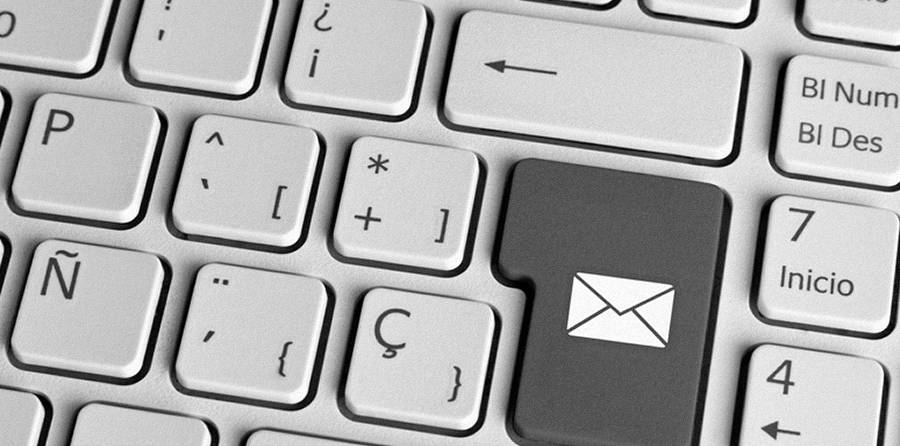Electronic Presence: How to Have Presence in Email

It’s more likely for one to communicate badly via email than to communicate well. Minus body language, facial expression, and vocal inflection, our email tone has been misinterpreted or we have misinterpreted someone else’s.
As we approach the Thanksgiving holiday in the U.S., I would like to take a moment to give thanks.
Thank you, Internet gods, for creating email and for making it good.
Thank you for the ability to communicate without having to speak a word.
Thank you for allowing me, as an introvert, to type key strokes rather than return calls.
I admit it. I’m not as comfortable speaking in meetings as I am at the keyboard, which could be tricky working for a company who believes in people interacting generously and communicating well.
Email is on the less-effective end of the communication spectrum. Great for speed, but there is no real interaction. At “send,” an email goes into the ether. It is only coincidence that someone might receive it in real-time.
And it’s more likely for one to communicate badly via email than to communicate well. Hasn’t it happened to each of us? Minus body language, facial expression and vocal inflection, our email tone has been misinterpreted or we have misinterpreted someone else’s. A short-length email seems rude or CAP LOCKS excitement just seems like yelling. And, of course, there’s the negative impression spelling and grammatical errors leave on a recipient, whether due to our haste or auto-correct “helpfulness.”
But in a global business landscape where our clients are on the other side of the world and our colleagues may sit in their home office — rather than the office next door — sometimes email is the best mode of communication that we have. To make the best of what we’ve got, I recommend these tactics:
- Focus on the email that you are writing rather than the check mark you’ll make on your to-do list once the email is sent. We are all busy and sometimes need to fire off a lot of email in a short period of time. Regardless of how much time you have — or don’t have — do your best to be present and “in the moment,” paying full attention as you write. Whether a long or short note, you reduce the risk of errors and misinterpreted tone.
- Take a moment to offer something about yourself — a moment in your weekend, a moment with your children — and inquire about the other person. It doesn’t have to happen with every email, every time. But when time allows, take the time. You will find that these small personal stories, over time, help build good virtual working relationships.
- In an email, you only have your words to convey thoughts and feelings. Choose them wisely. If you’re stuck, enlist the help of a colleague to proofread and give you feedback. It’s an easy, low-risk way to gauge how your message will land. In a business setting, all of the exclamation points in the world will not substitute for the right phrasing and an emoji, while acceptable in some instances, is not worth a thousand words.
- It’s okay to be yourself in your email. Speak in print as you would in an in-person interaction. If you are using an email template and there is room to personalize it, do so. You are a human being, not a robot. So is your recipient. Let your emails reflect that.
Have thoughts about this? Start typing!
Want more tips on how to construct a work email? Read Harvard Business Review’s Essential Guide to Crafting a Work Email.
